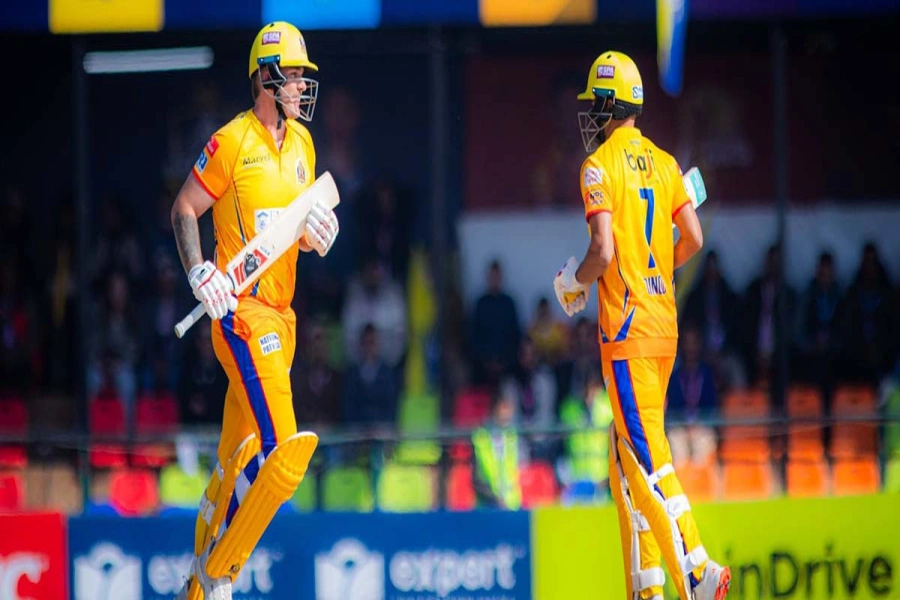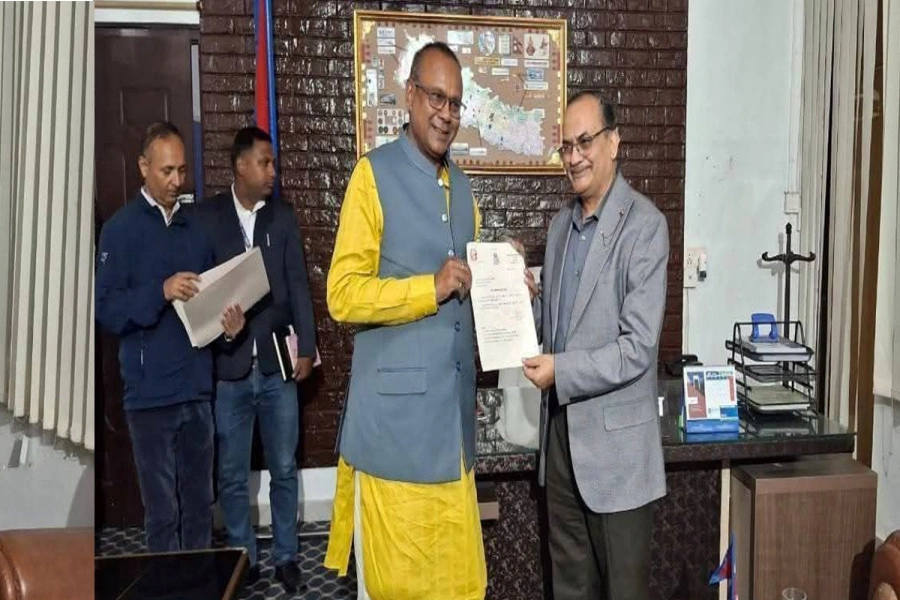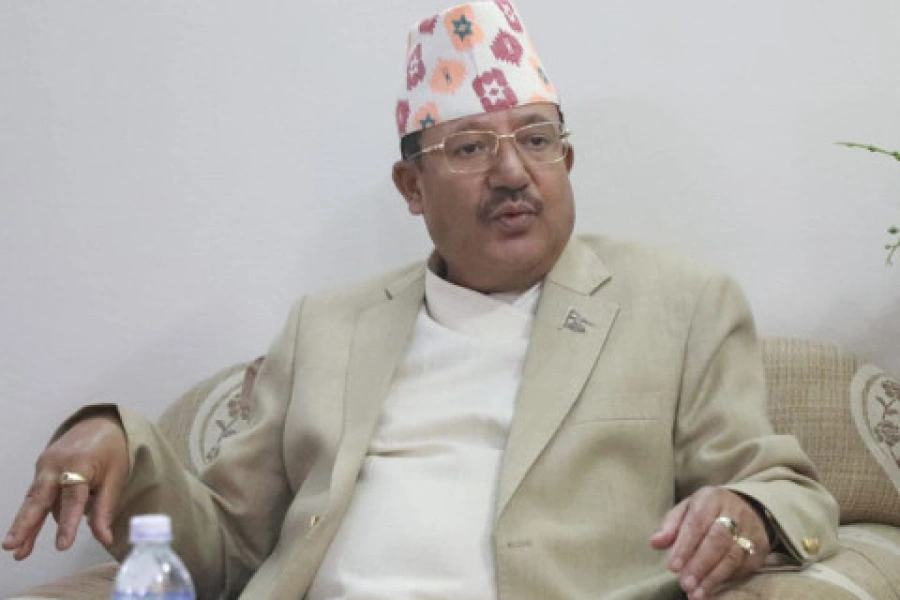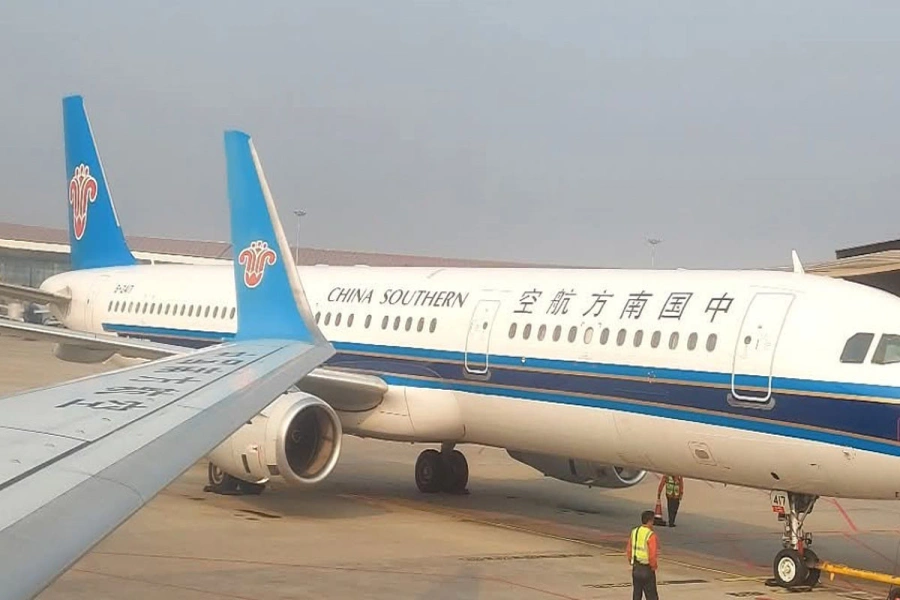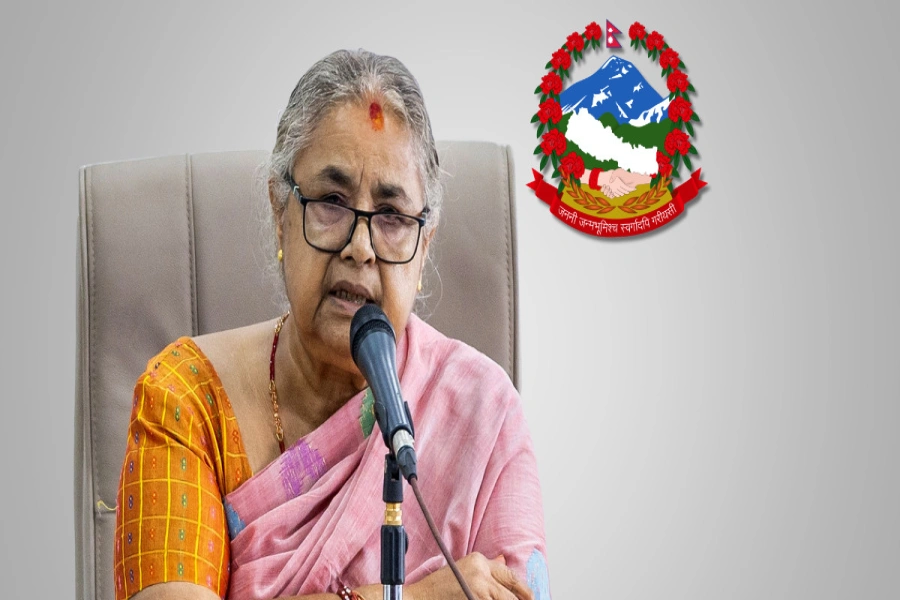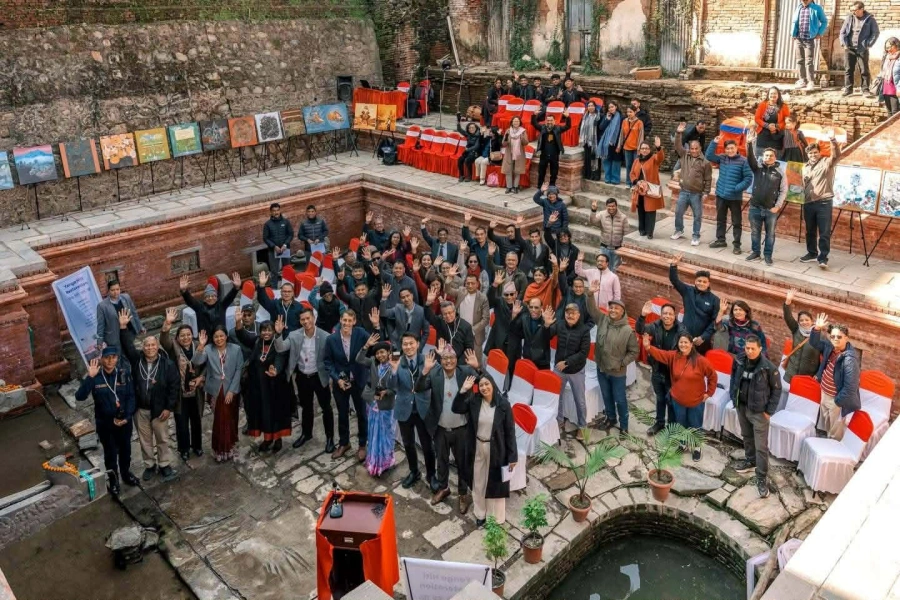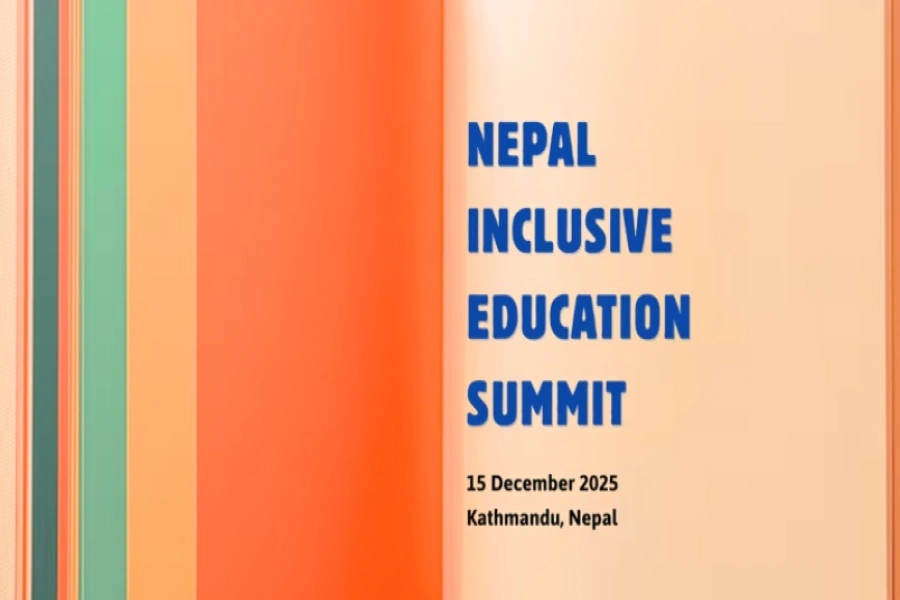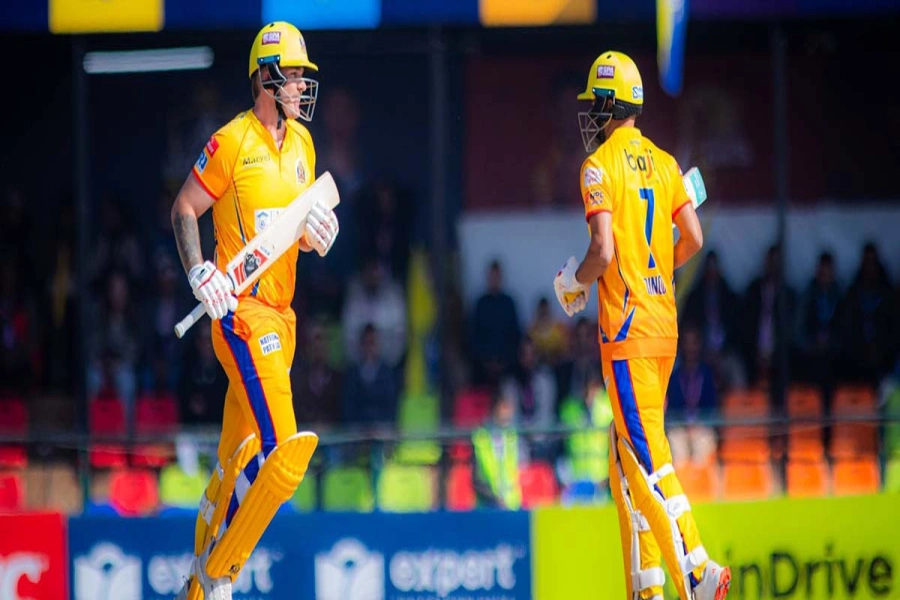BHAIRAHAWA, July 8: With natural water sources drying up in many parts of Tarai, people are worried that they might have to struggle with drinking water shortages in the days ahead. Tube wells, taps, boring wells and ponds, which in the past have been reliable drinking water sources are drying up fast, they say.
This has compelled people to travel to far-flung villages to fetch a jar of water. Locals blame the haphazard extraction of groundwater for the depletion of underground water level. It is the responsibility of local government to take action against the boring wells that are operating without permission. However, Siddharthanagar Municipality has paid no heed towards managing such boring wells.
Last week, neighbouring Rohini Rural Municipality stopped the operation of a boring well claiming that it was one of the significant factors behind the depletion of groundwater. The local unit issued a notice for stopping the boring well after it received complaints from many residents that their taps that were fetching underground water from 100 feet had dried up.
Sanoj Kumar Yadav, the chairperson of Rohini municipality, said that the local unit had to stop the boring well as it had affected other tube wells operating in the area and disrupting drinking water supply.
Teacher Shortage Needs Urgent Action

Even after the beginning of July, monsoon has not fully arrived in Tarai. If it does not rain for a few more days, a large number of settlements may run out of underground water. Tube well is the primary source of drinking water in Tarai. However, the depletion of underground water level has dried up such wells compelling people to search for other sources of water.
Drinking water suppliers have been supplying drinking water only in city areas. However, the supply is insufficient, and most of the urban households still rely on tube wells for their water needs. As they can fetch water from the ground for free, most people also have tube wells in their homes. However, people in rural areas depend solely on tube wells.
Earlier, it took seconds for people to fill a jar of water, but these days they spend half an hour for the same. “At first I thought maybe there was something wrong with my machine but later found out that my neighbors were also facing the same problem,” said Prakash Pandey of Baikakloni in Siddharthanagar. Another local Durga Bahadur Bishwakarma says in the past, they could easily fetch underground water by drilling around 80 feet, but now they hardly get water even after digging deeper than 200 feet.
“In the last 15 years, the underground water level has decreased significantly,” he said adding that growing demand for water along with the depletion of underground water level has been major contributing factors.
Chure area is the primary source of underground water. Environmentalists claim that rampant excavation in Chure Range and global warming has aggravated the problem further. Environment conservationist Narayan Sapkota asserted that drought and extraction of natural resources have directly affected underground water levels.
“In the pretext of extracting construction materials, natural resources have been massively exploited in the Chure range,” said Sapkota. He laments that once green hills and fields of Tarai have started wearing a deserted look now.
Similarly, geologist Umesh Chandra Rijal argues that unplanned settlement, irrational human activities, weakening monsoon, haphazard pumping of underground water, among others, are the major factors behind the increasing shortage of drinking water.
“At a certain depth, underground water reservoirs hold a limited volume of water. If we extract too much water from a certain depth, water at that depth dries up. This leads to the drying up of water sources,” said Rijal. Conservationists state that the government must immediately form policies to regulate the extraction of underground water.
In addition to commercial boring wells, factories and industries are also adding to the woes. Some factories operating in the region are found fetching water from boring wells as deep as 600 feet. Ajaya Kumar Sah, the chief engineer at Nepal Drinking Water Corporation, Bhairahawa, asserted that there has been no problem in the distribution of water but accepted that the demand for water is increasing day by day. Reportedly, the drying up of hand pumps and tube wells has increased the demand for water from the corporation.
The corporation supplies 400,000 litres of water daily to 4,500 of its customers in Siddharthanagar.
The number of people illegally extracting water has increased significantly in Tarai. As per existing provisions, to install an underground water boring system, people in Kathmandu must seek permission from the Kathmandu Upatyaka Khanepani Ltd. (KUKL) while people outside the capital must have permission from the Drinking Water Office (DWO) and local government.








